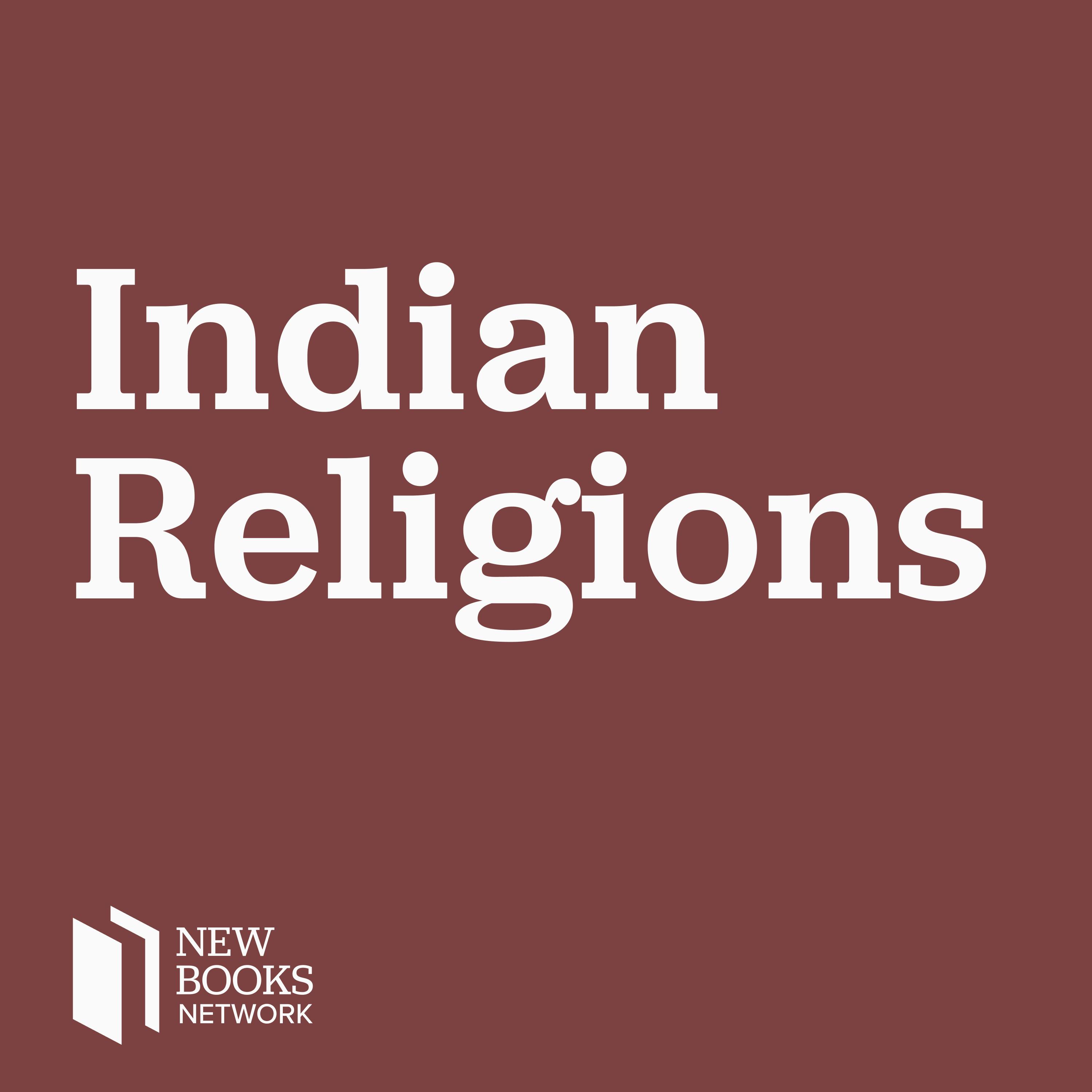Aaron Sherraden, "Śambūka's Death Toll: A History of Motives and Motifs in an Evolving Rāmāyaṇa Narrative" (Anthem Press, 2023)
Description
According to Vālmīki's Sanskrit Rāmāyaṇa (early centuries CE), Śambūka was practicing severe acts of austerity to enter heaven. In engaging in these acts as a Śūdra, Śambūka was in violation of class- and caste-based societal norms prescribed exclusively by the ruling and religious elite. Rāma, the hero of the Rāmāyaṇa epic, is dispatched to kill Śambūka, whose transgression is said to be the cause of a young Brahmin's death.
The works surveyed in Śambūka's Death Toll: A History of Motives and Motifs in an Evolving Rāmāyaṇa Narrative (Anthem Press, 2023) this study include numerous works originating in Hindu, Jain, Dalit and non-Brahmin communities while spanning the period from Śambūka's first appearance in the Vālmīki Rāmāyaṇa through to the present day. The book follows the Śambūka episode chronologically across its entire history--approximately two millennia--to illuminate the social, religious, legal, and artistic connections that span the entire range of the Rāmāyaṇa's influence and its place throughout various phases of Indian history and social revolution.
Learn more about your ad choices. Visit megaphone.fm/adchoices
Support our show by becoming a premium member! https://newbooksnetwork.supportingcast.fm/indian-religions
More Episodes
In If All the World Were Paper: A History of Writing in Hindi (Columbia UP, 2024), Tyler W. Williams puts questions of materiality, circulation, and performance at the center of his investigation into how literature comes to be defined and produced within a language, specifically, premodern...
Published 11/14/24
The Embassy, the Ambush, and the Ogre: Greco-Roman Influence in Sanskrit Theater (Open Book, 2024) presents a sophisticated and intricate examination of the parallels between Sanskrit and Greco-Roman literature. By means of a philological and literary analysis, Morales-Harley hypothesizes that...
Published 11/07/24
Published 11/07/24


